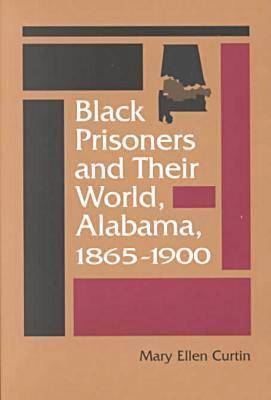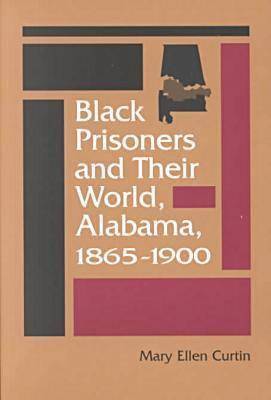
- Afhalen na 1 uur in een winkel met voorraad
- Gratis thuislevering in België vanaf € 30
- Ruim aanbod met 7 miljoen producten
- Afhalen na 1 uur in een winkel met voorraad
- Gratis thuislevering in België vanaf € 30
- Ruim aanbod met 7 miljoen producten
Omschrijving
In the late nineteenth century, prisoners in Alabama, the vast majority of them African Americans, were forced to work as coal miners under the most horrendous conditions imaginable. Black Prisoners and Their World draws on a variety of sources, including the reports and correspondence of prison inspectors and letters from prisoners and their families, to explore the history of the African American men and women whose labor made Alabama's prison system the most profitable in the nation.
To coal companies and the state of Alabama, black prisoners provided, respectively, sources of cheap labor and state revenue. By 1883, a significant percentage of the workforce in the Birmingham coal industry was made up of convicts. But to the families and communities from which the prisoners came, the convict lease was a living symbol of the dashed hopes of Reconstruction.
Indeed, the lease--the system under which the prisoners labored for the profit of the company and the state--demonstrated Alabama's reluctance to let go of slavery and its determination to pursue profitable prisons no matter what the human cost. Despite the efforts of prison officials, progressive reformers, and labor unions, the state refused to take prisoners out of the coal mines.
In the course of her narrative, Mary Ellen Curtin describes how some prisoners died while others endured unspeakable conditions and survived. Curtin argues that black prisoners used their mining skills to influence prison policy, demand better treatment, and become wage-earning coal miners upon their release.
Black Prisoners and Their World unearths new evidence about life under the most repressive institution in the New South. Curtin suggests disturbing parallels between the lease and today's burgeoning system of private incarceration.
Specificaties
Betrokkenen
- Auteur(s):
- Uitgeverij:
Inhoud
- Aantal bladzijden:
- 261
- Taal:
- Engels
- Reeks:
Eigenschappen
- Productcode (EAN):
- 9780813919843
- Verschijningsdatum:
- 29/10/2000
- Uitvoering:
- Paperback
- Formaat:
- Trade paperback (VS)
- Afmetingen:
- 156 mm x 236 mm
- Gewicht:
- 453 g

Alleen bij Standaard Boekhandel
Beoordelingen
We publiceren alleen reviews die voldoen aan de voorwaarden voor reviews. Bekijk onze voorwaarden voor reviews.











